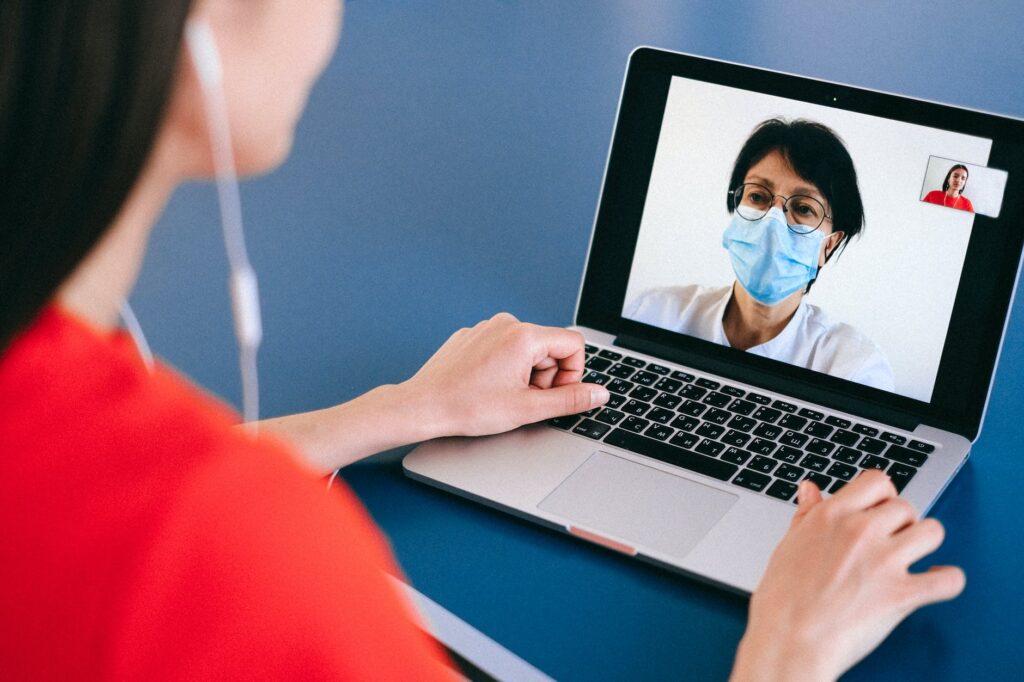
Introduction
Telemedicine is a technology-based, health care solution that provides patients with access to specialists and physicians who can diagnose and treat them through an electronic connection. Say’s Dr. Julian Mitton, it offers a wide variety of benefits for both the patient and the physician, but there are still some limitations that need to be addressed before telemedicine becomes widely used.
Telemedicine, also known as distance diagnosis, is a technology-based, health care solution.
Telemedicine, also known as distance diagnosis, is a technology-based, health care solution. It allows doctors to diagnose and treat patients without them having to go into the office.
Telemedicine has been around since the 1960s when it was first used in space. Since then it has evolved into many different forms such as video conferencing, emailing your doctor or using an app on your phone that connects with your doctor via FaceTime.
It offers a wide variety of benefits for patients and physicians alike.
Telemedicine is a cost-effective solution for healthcare providers. For example, it allows doctors to see patients in remote locations, or even from their own home. This eliminates the need for expensive medical equipment and infrastructure that would otherwise be required if they were seeing patients face-to-face in the office.
Telemedicine also offers many benefits for patients who may not have access to good quality healthcare otherwise. Patients can receive treatment from their own home without having the financial burden associated with traveling long distances or paying high costs associated with visiting a doctor’s office (notably transportation).
Telemedicine has many applications in the healthcare field, from remote heart monitoring and telerehabilitation to video conferencing with specialists.
Telemedicine is a technology-based, health care solution that offers many benefits for patients and physicians alike. It has many applications in the healthcare field, from remote heart monitoring and telerehabilitation to video conferencing with specialists.
Telemedicine offers many benefits to patients and doctors alike but there are still some limitations that need to be addressed before it becomes widely used
Telemedicine is not a replacement for in-person visits. Telemedicine offers many benefits to patients and doctors alike, but there are still some limitations that need to be addressed before it becomes widely used.
For example, even though telemedicine can provide remote access to medical professionals and allow them to see patients without having to travel across the country or even state lines, they still need physical access to their equipment in order for this type of care plan work effectively. A doctor cannot prescribe medication or give instructions over the phone if he or she doesn’t have access to those medications at his disposal when needed by the patient being treated through telehealth services such as video chat sessions with doctors over computers instead of face-to-face meetings at offices where all kinds of medical equipment is located nearby so that both parties involved can easily reach out should anything go wrong during treatment – which may result in serious consequences depending upon how serious things get out there!
Conclusion
Telemedicine offers many benefits to patients and doctors alike, but there are still some limitations that need to be addressed before it becomes widely used. For example, telemedicine can only be used if both the patient and doctor have access to computers or other devices with internet connections. In addition, some people may feel uncomfortable talking about their health issues over the phone instead of in person with their physician or nurse practitioner (NP).